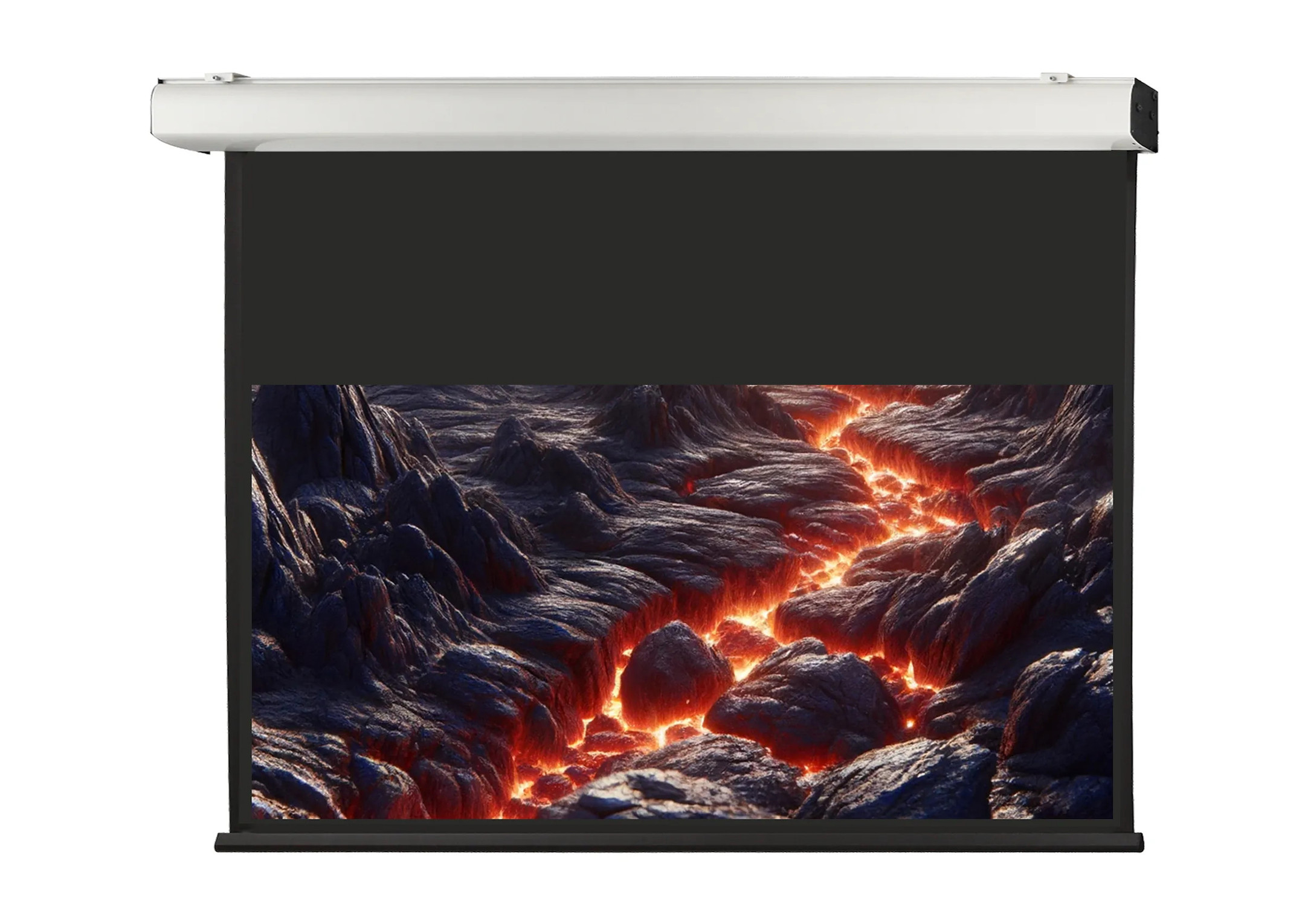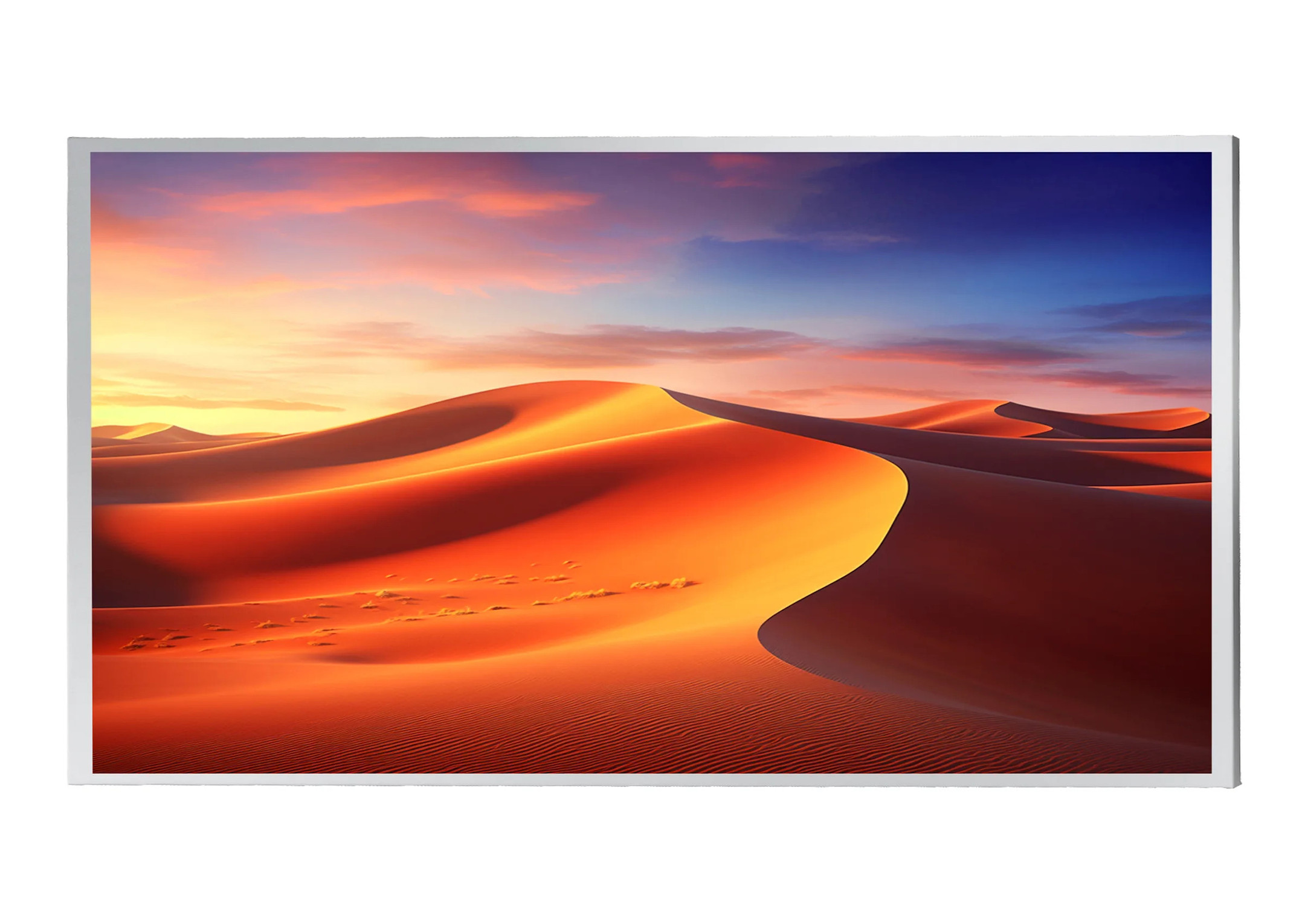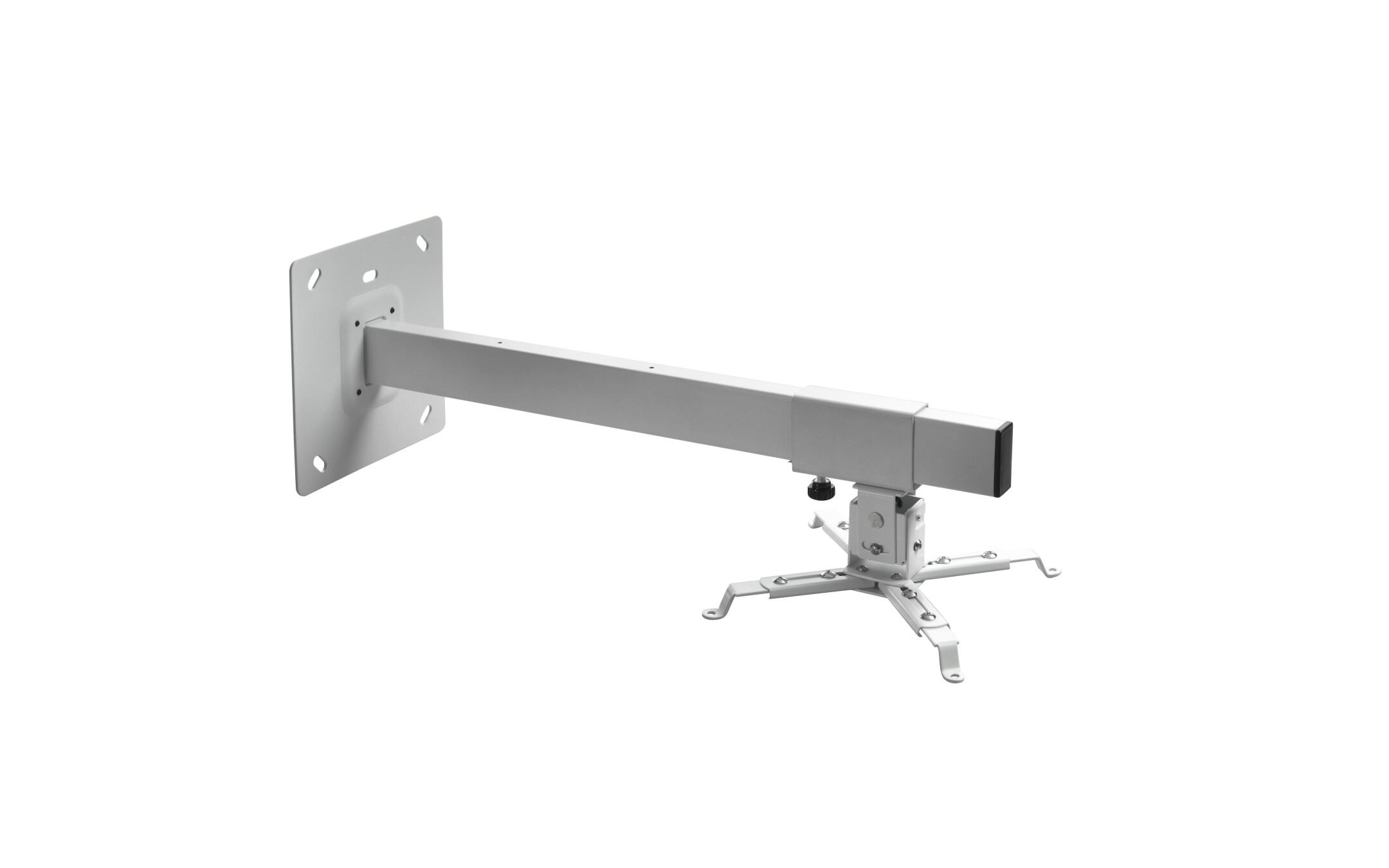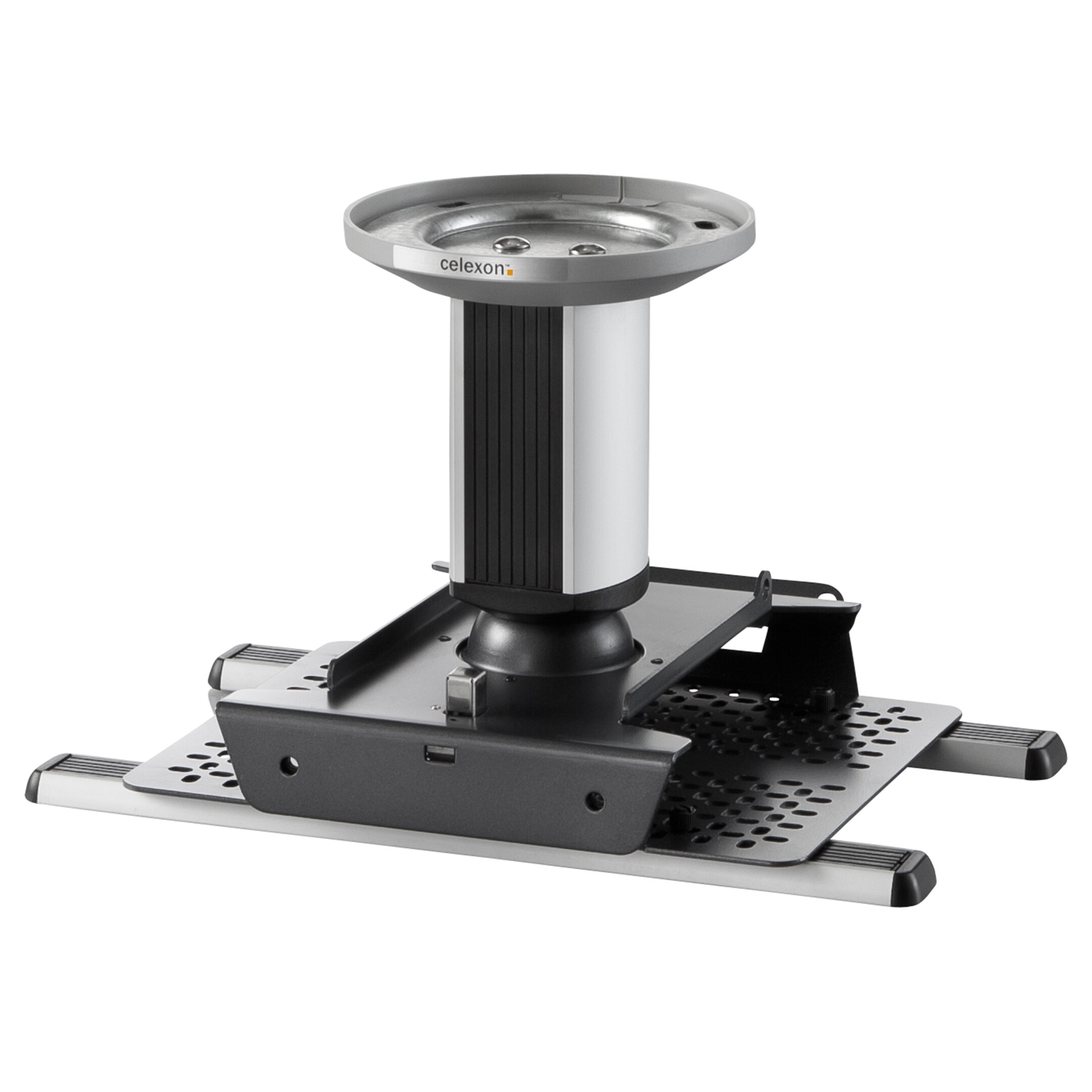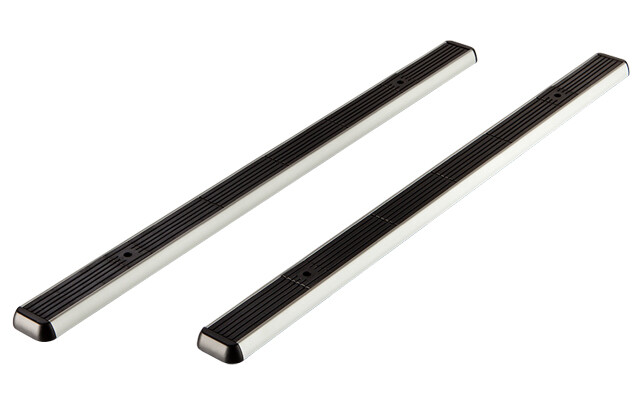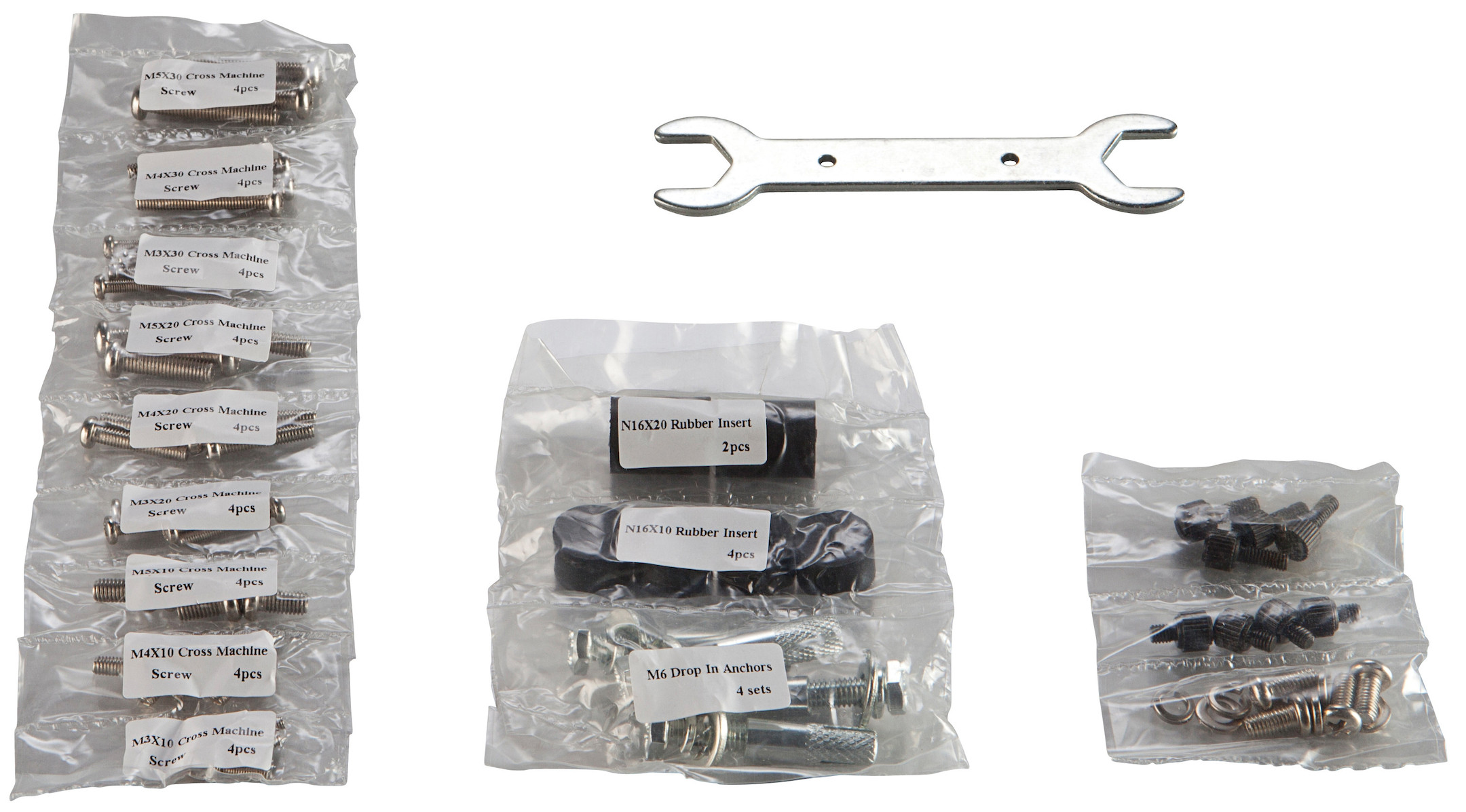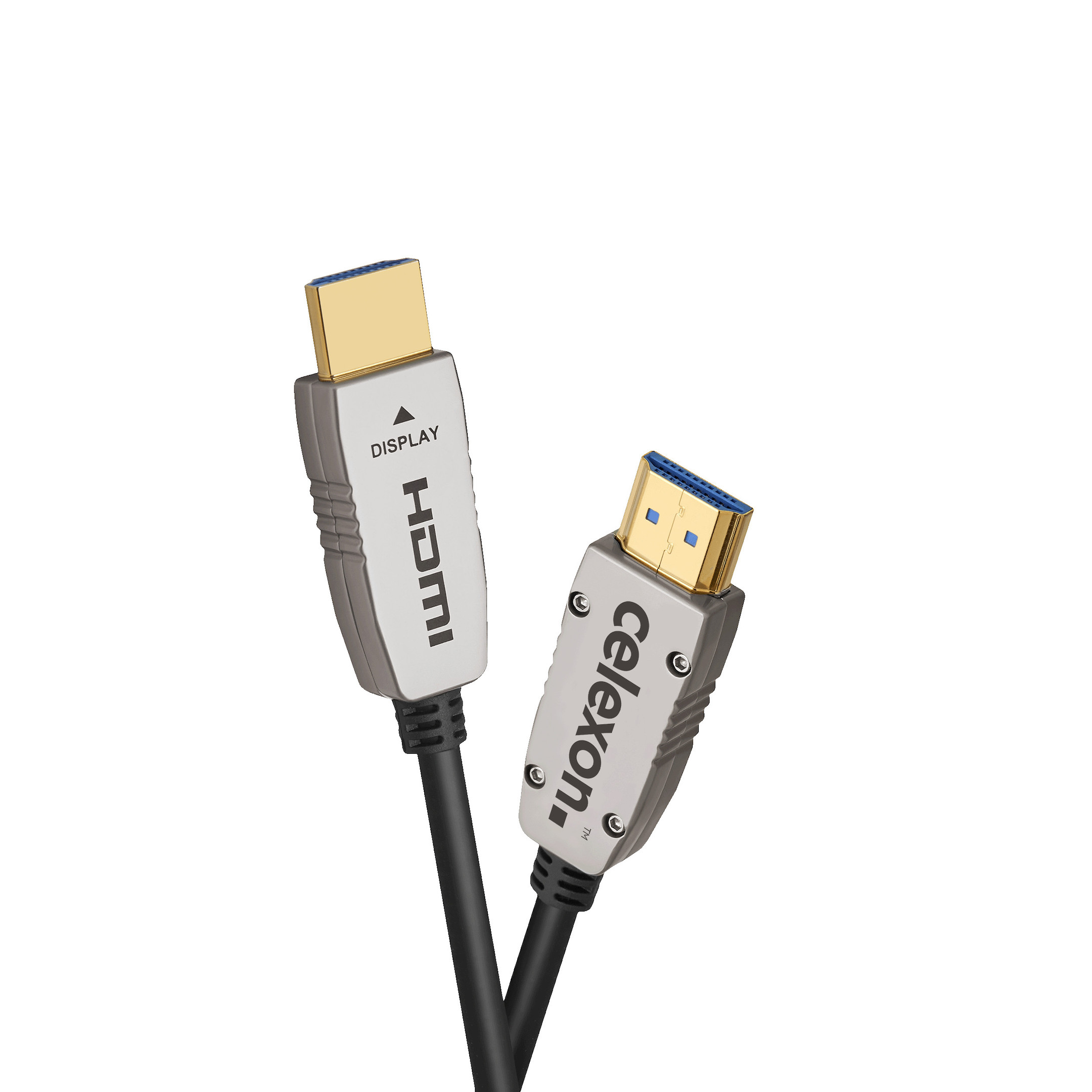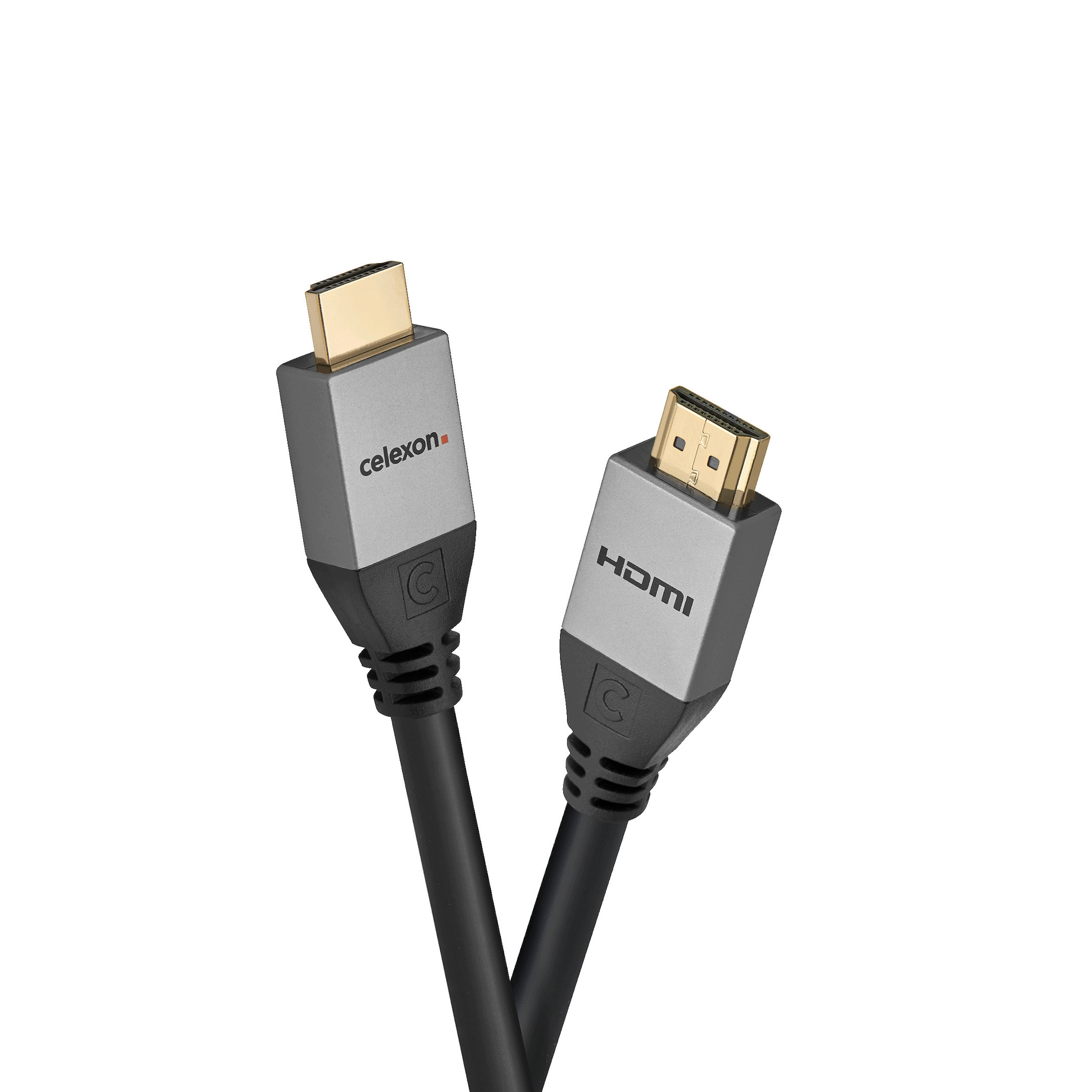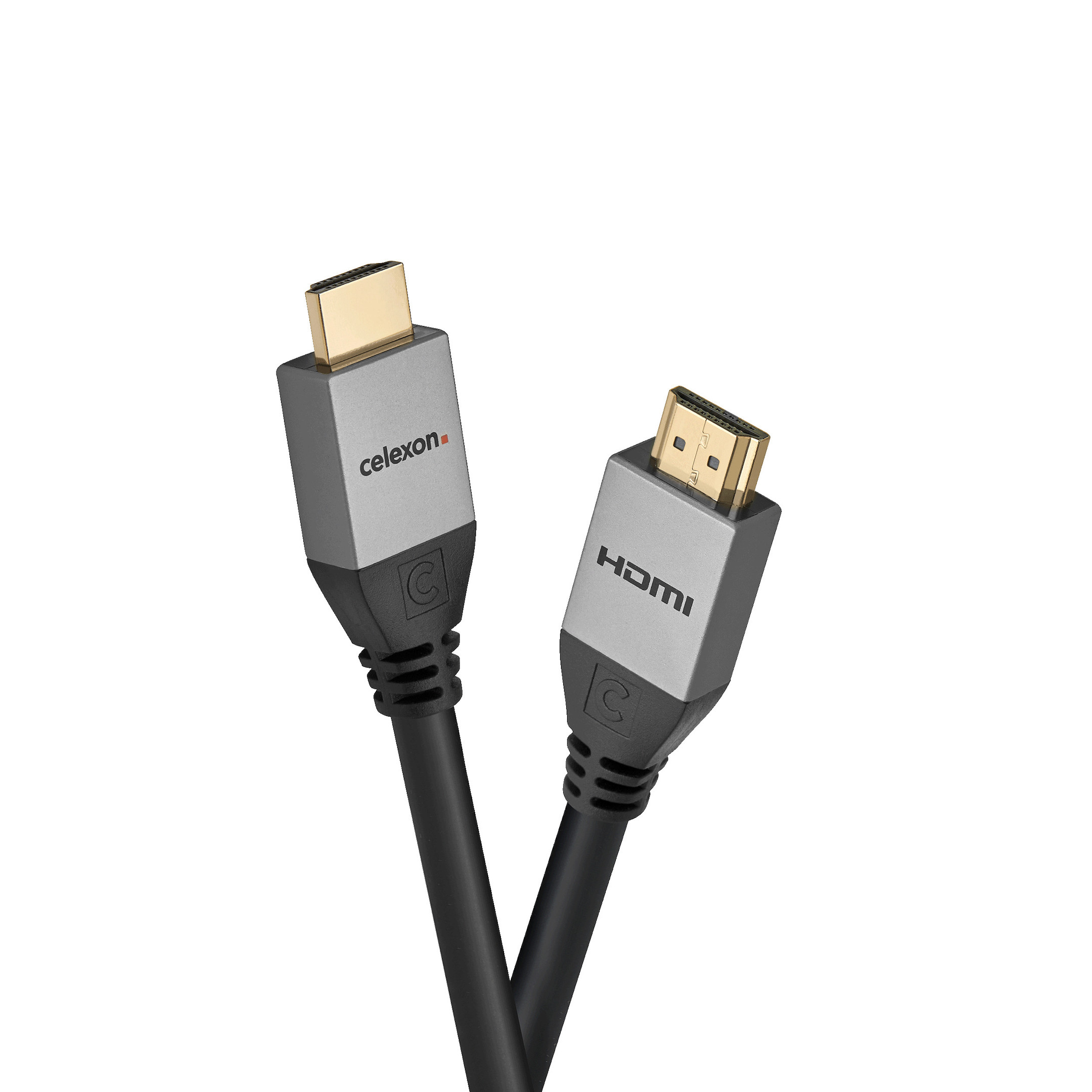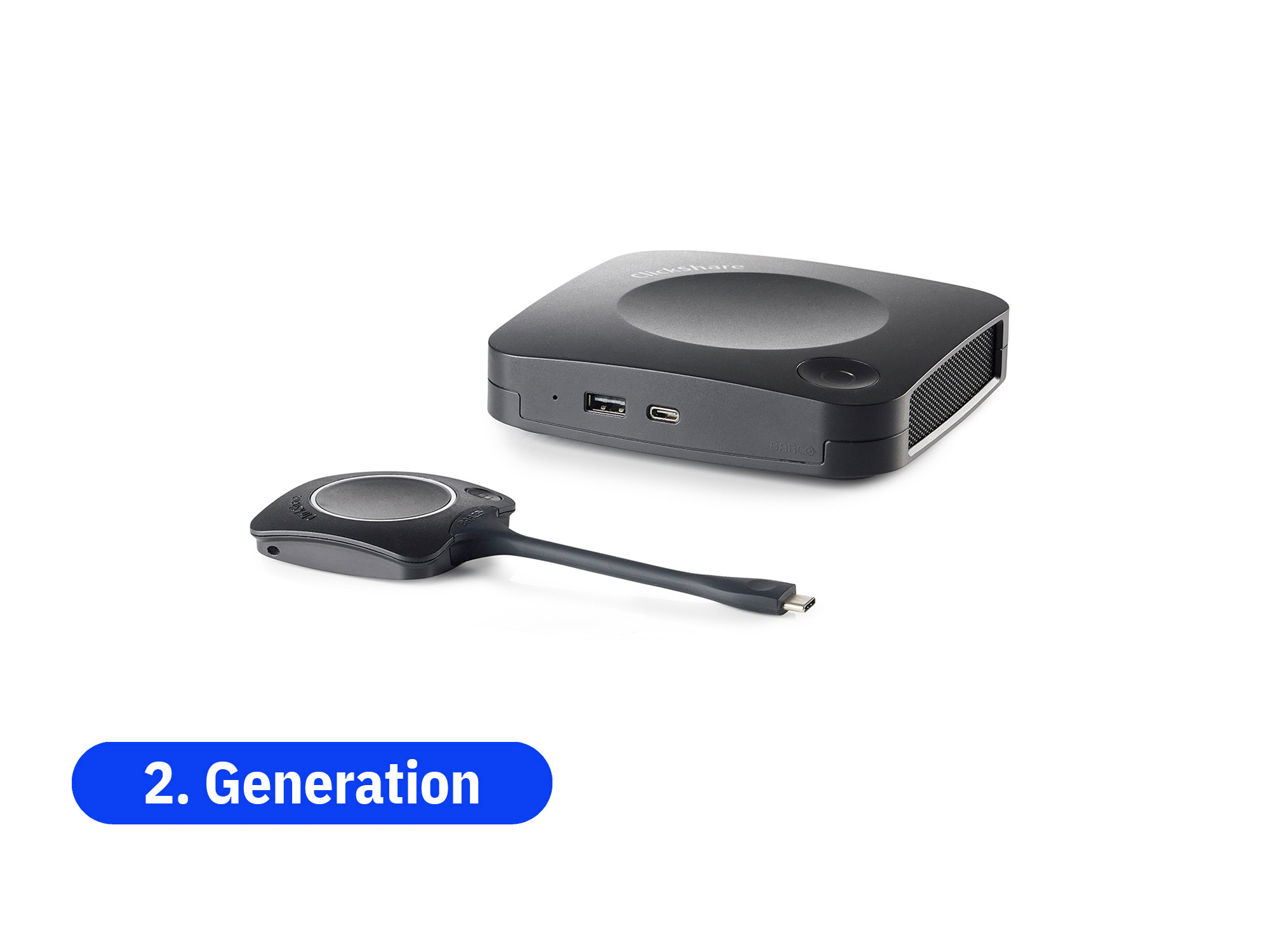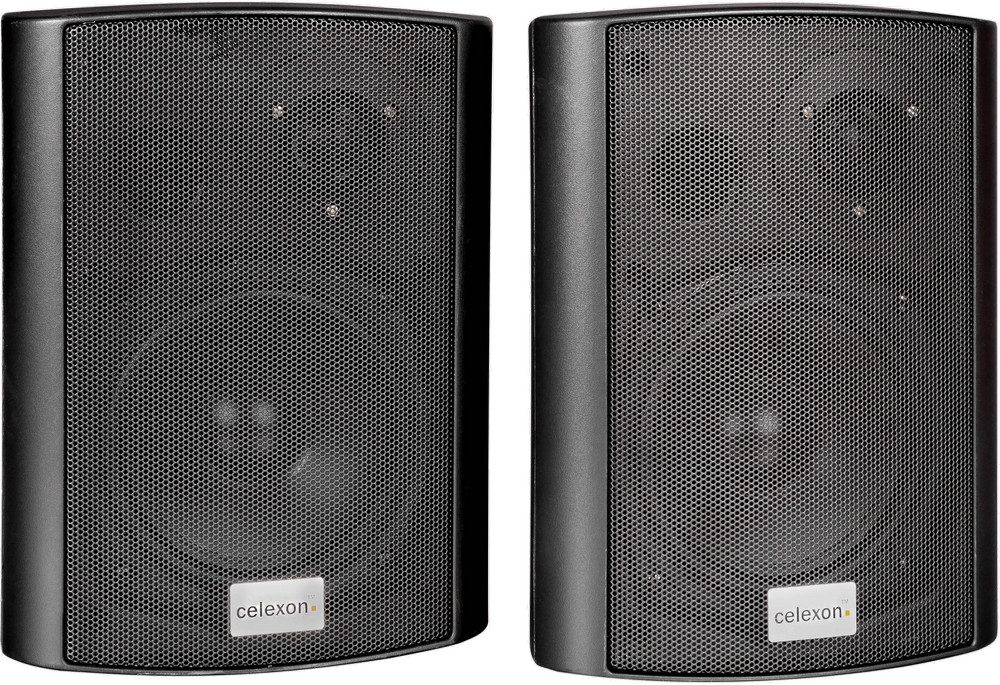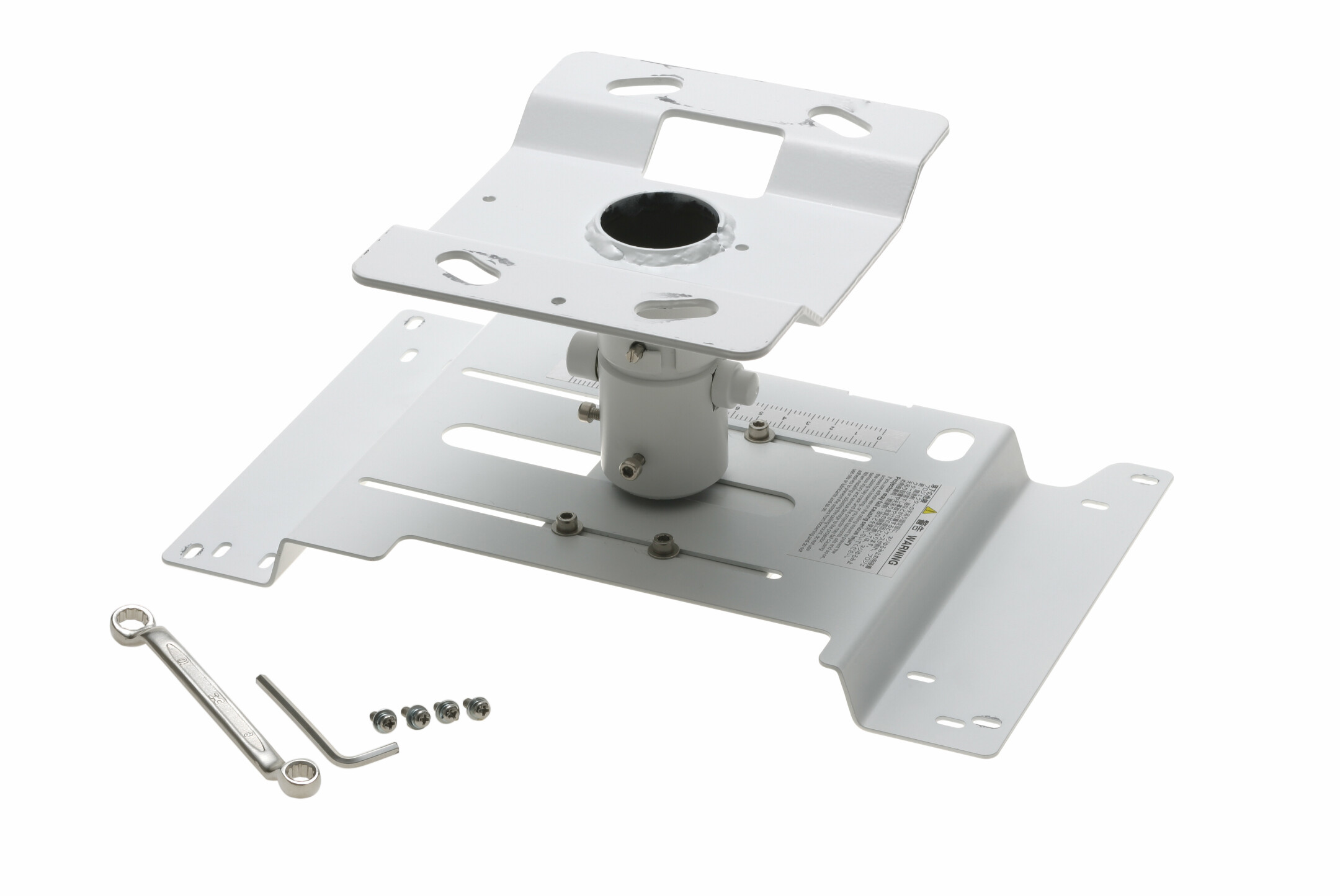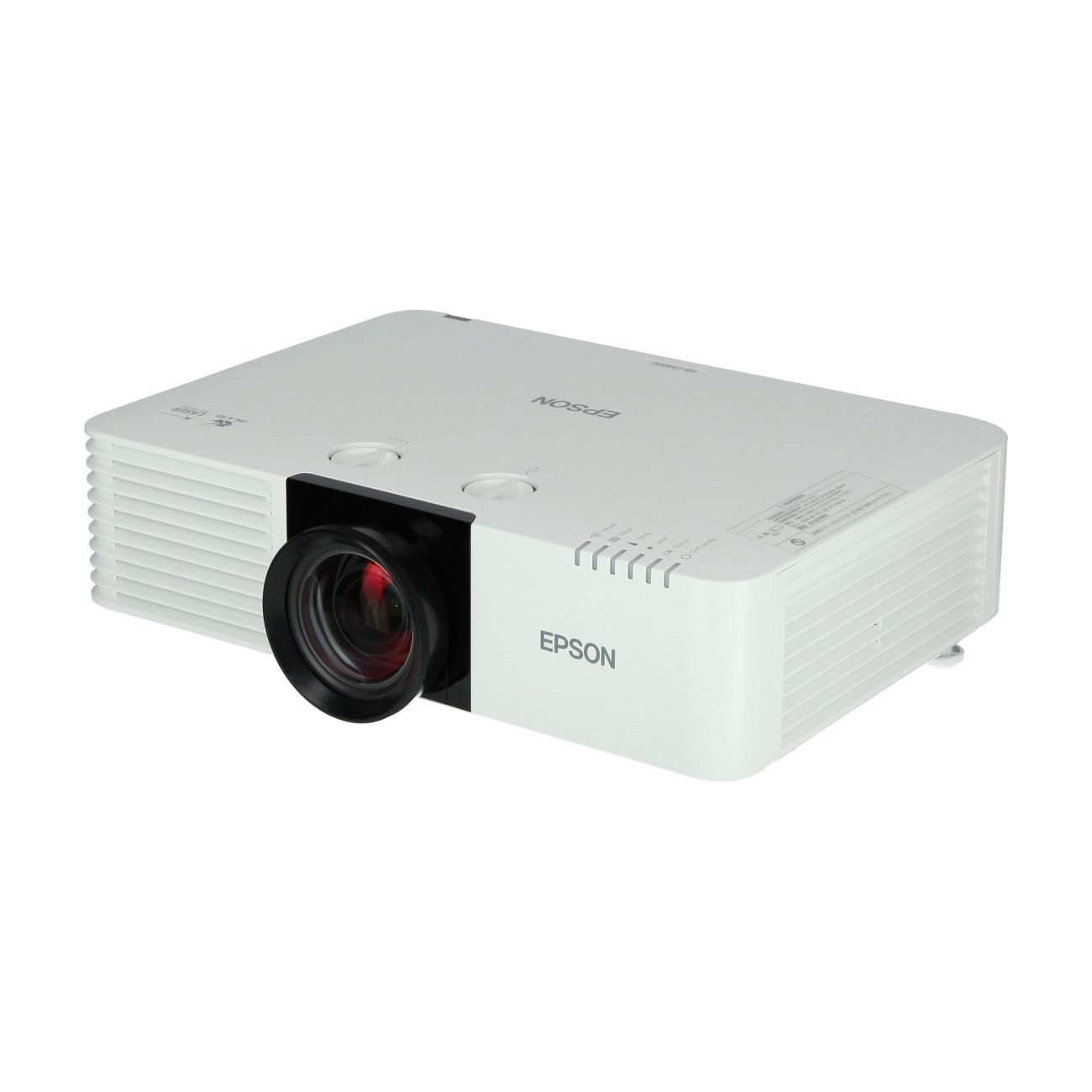















































£2,800.15*
- Light Brightness 6,000 Lumen
- Resolution 1920 x 1200 WUXGA
- Aspect Ratio 16:10
- Operating noise 38 dB


Frequently purchased together
Product information
As the market leader in 3LCD technology, Epson continues to improve its high brightness laser projectors with more compact short-throw display solutions. The EB-L630SU delivers effective, practical and creative applications to meet the display needs in education, corporates, museums and visitor attractions. All achieved without sacrificing image quality or lens shift flexibility.
Bright, cost-effective display solutions
Providing bolder, brighter, more engaging and impactful displays even in brightly-lit environments, the EB-L630SU offers impressive 6,000-lumen brightness and WUXGA Full HD resolution at an affordable price. This means that users can upgrade to laser performance and reliability, with reduced power consumption, without paying a premium. It also features: 0.8:1 throw ratio, 4K input support, detail enhancement technology, edge blending and wide lens shift to fit challenging installation environments. The EB-L630SU is capable of large format and blended displays, without any reduction in clarity or vivid detail.
Enhanced connectivity
This display solution offers many different ways to connect, show multiple sources simultaneously and present wirelessly. The EB-L630SU comes equipped with futureproofed connectivity options including HDMI and HDBaseT with 4K signal support, 5GHz wireless with enterprise security, upgraded Miracast, built-in media player and support for Epson’s ELPWP10 wireless presentation system.
Easy and flexible installation
This stylish and compact projector supports 360 degree installation without compromising the display quality and supports 16:6 ultra-widescreen, HDMI output and edge blending for multi-projector installs. Also available in black.
Key Features
- 6,000-lumen brightness: Crisp images and bright colours, even in well-lit rooms
- WUXGA resolution: Sharp Full HD images for excellent clarity
- Futureproofed connectivity options: 4K input support, HDMI, HDBaseT, integrated Wi-Fi and screen mirroring
- Easy, flexible installation: Lightweight and compact design with wide lens shift
- Short-throw projection: Large images in tight spaces (0.8:1 throw ratio)
Technical data
| Name | Epson EB-L630SU Projector, 1920 x 1200 WUXGA, 6000 Lumen |
|---|---|
| Article number | 1000017976 |
| GTIN/EAN | 8715946695358 |
| Manufacturer SKU | V11HA29040 |
| Lamp life (ECO) | 30,000 Hour |
| Lens included | Yes |
| Model name | EB-L630SU |
| Brand | Epson |
| Product Type | Projector |
| Product Series | Epson L Series |
| Application | Business projector , Short throw projectors |
| Projector Type | LCD |
| Projector lamp type | Laser |
| ANSI Lumen | 6,000 ANSI Lumen |
| ISO Lumen | 6,000 ISO Lumen |
| Resolution | 1920 x 1200 WUXGA |
| Aspect Ratio | 16:10 |
| Contrast Ratio | 2,500,000 :1 |
| Operating noise | 38 dB |
| Operating noise - ECO | 27 dB |
| Lamp life | 20,000 Hour |
| Minimum Projection Distance | 60 cm |
| Maximum Projection Distance | 800 cm |
| Minimum Projection Ratio | 0.8 |
| Maximum Projection Ratio | 1.07 |
| Minimum Lens-Shift Horizontal | -20% |
| Maximum Lens-Shift Horizontal | 20% |
| Minimum Lens-Shift Vertical | -50% |
| Maximum Lens-Shift Vertical | 50% |
| Horizontal Keystone | 30% |
| Vertical Keystone | 30% |
| Inputs | 1x USB-A , 1x USB-B , 2x 3,5mm Jack , 2x HDMI , 2x VGA |
| wireless technology | WiFi |
| Features | Edge blending , Integrated speaker , Lens Shift |
| Product width | 44 cm |
| Product height | 13.6 cm |
| Product depth | 33.4 cm |
| Weight | 8.4 kg |
| Colour | White |
| Delivery contents | Power cable , Quick user guide , Remote control , warranty card |
| Condition | New |
| Warranty | 36 Month |
| Warranty type | Bringin service Service and support information |
Downloads
Projection distance calculator
Contact our experts for help!
Image size:
Format
Format
Product safety
| Person responsible for the EU |
|---|
| Epson Deutschland GmbH |
| Schiessstraße 49 |
| 40549 Düsseldorf |
| Germany |
| kontakt_de@epson.de |




